Museological Collection
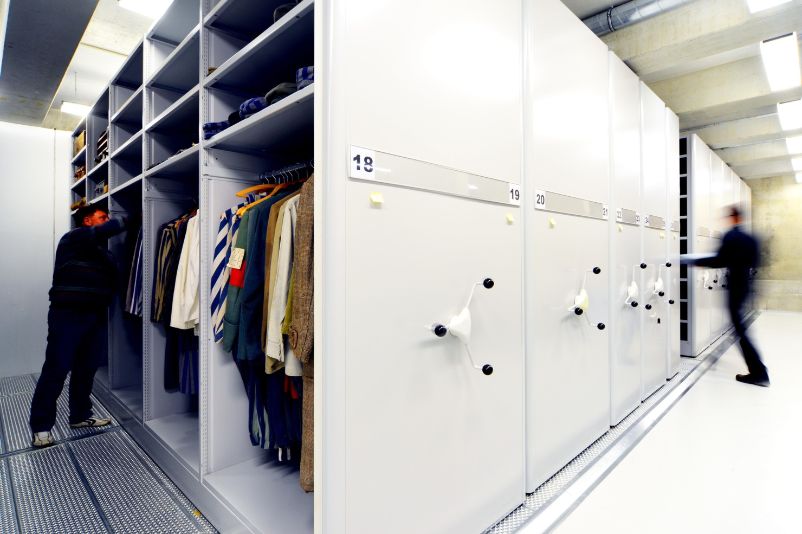
The Buchenwald Memorial collects tangible objects from the areas of the Buchenwald concentration camp / National Socialism, the Soviet Special Camp No. 2 / post-war period, the Buchenwald National Memorial / antifascism in the German Democratic Republic, and the Buchenwald Memorial in reunified Germany.
The collection has meanwhile grown to encompass approximately 7,000 inventoried items. It moreover includes about 11,000 finds from excavations carried out on the grounds of the memorial site since 1994. Most of the items recovered were personal utensils and other objects testifying to the everyday lives of the inmates.
The oldest and by far most extensive part of the collection—accounting for about 70 per cent of the inventoried objects—is that relating to the Buchenwald concentration camp and the Nazi period.
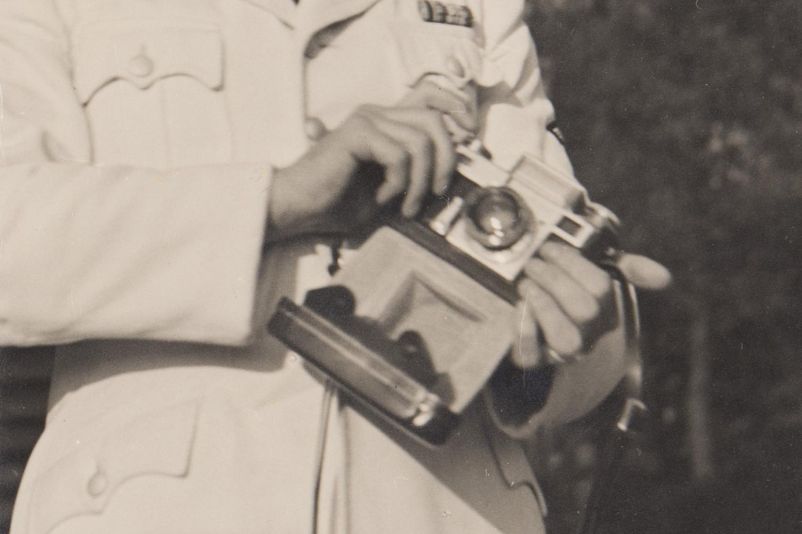
As a result of more than thirty years of collecting, the foundation also has approximately 10,000 historical photographs in its holdings. The photographs were taken during the period of the Buchenwald and Mittelbau-Dora concentration camps (1937–1945), immediately after the camps' liberation, after the dissolution of Soviet Special Camp No. 2 (1945–1950), in the two GDR memorial sites (1945–1990), and in the phase of their redevelopment from 1990 onwards. There are moreover sub-archives of the work of individual photographers and bequests from camp survivors.
Art Collection
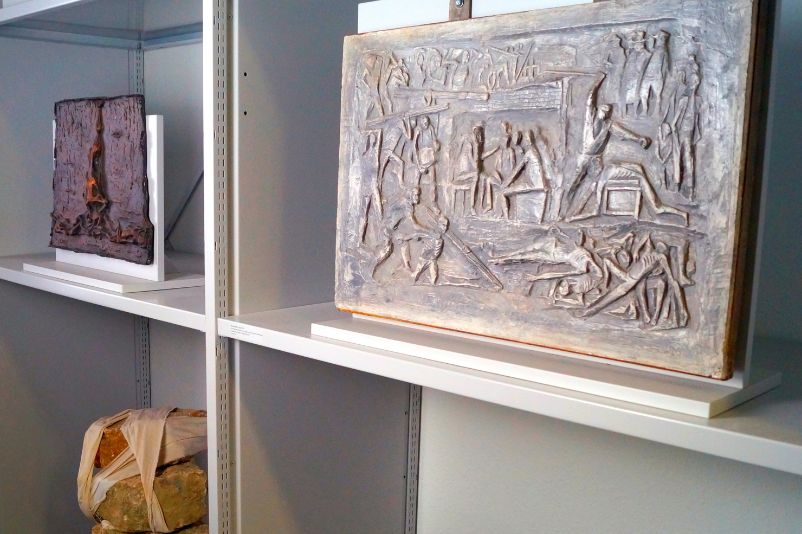
Artworks donated to the memorial by concentration camp survivors from the 1950s onwards form the basis of the art collection. The collection has been systematically amassed since the 1970s. The main focus is on art from concentration camps, works by former inmates, designs for monuments, and works by contemporary artists who reflect on the breach of civilization caused by National Socialism.
The art collection currently comprises a total of over 4,000 objects, including about 2,100 originals. Some 1,300 works in various media date from the camp period. There are also 350 drawings, prints, paintings, and sculptures produced after 1945, as well as about 400 contemporary artworks.
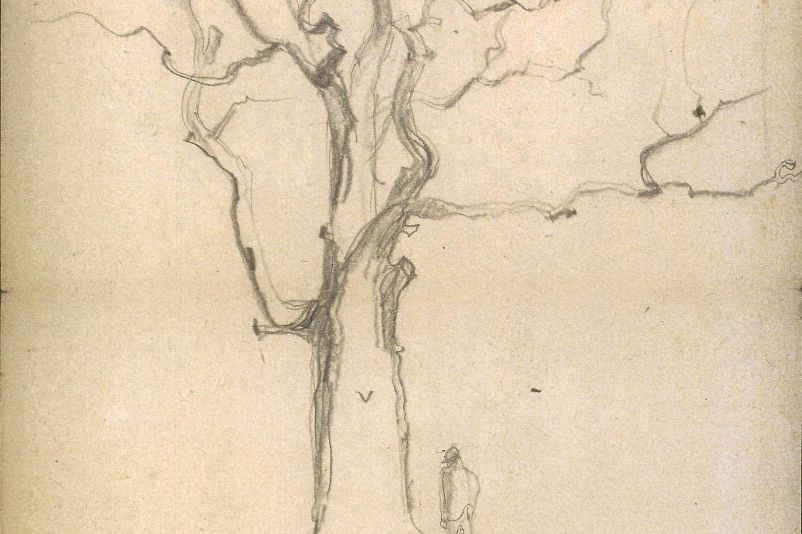
Along with wooden sculptures, small-scale works executed in pencil, ink, watercolour, and oil on paper, cardboard, plywood, and canvas from the Buchenwald and Mittelbau-Dora as well as other concentration camps make up the core of the art collection. Because they date from the period when the camps were in operation, most of them were made from materials of inferior quality and require special conservatorial oversight.
Examples of these works are the drawing cycles by Maria Brzęcka-Kosk, Giulio Cargnelutti, José Fosty, Paul Goyard, Karol Konieczny, Henri Pieck, and Karl Schulz, individual drawings such as those by Dominik Černy, Flemming Hinsch, Herbert Sandberg, and Ivar Emil Thomsen, and sculptures by Bruno Apitz.
In addition to the works dating from the concentration camp and post-concentration-camp period and bearing a direct relationship to the camp, the art collection also comprises drawings and prints executed before or outside the camp in Germany or in exile, including approximately 100 sketches by the French artist Paul Goyard dating from World War I and 100 drawings by Alfred Ahner (on permanent loan from the Ahner Foundation) executed in Weimar between 1920 and 1945.
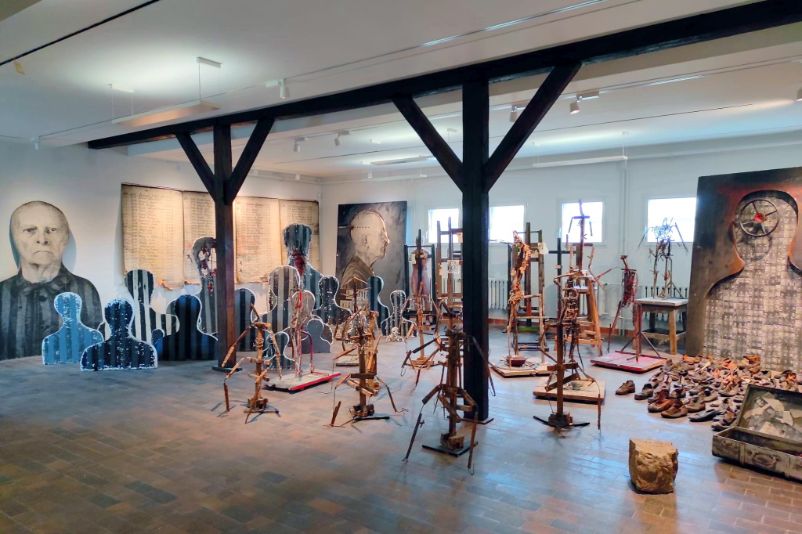
The works by survivors produced retrospectively include drawings and installations by Józef Szajna, drawing cycles by Nachum Bandel, Leonid Carizynskij, Boris Lurie, and Max Lingner, print cycles by Hermann Bruse, José Fosty, Gaston Gentillon, Hans Grundig, and Herbert Sandberg, and sculptures by Walter Spitzer and Fischel Liberman. Józef Szajna’s room installation Reminiscences has been in the permanent holdings of the collection since 2022.
Among the sculptural and graphic designs for monuments are those by Theo Balden, Fritz Cremer, René Graetz, Hans Kies, Waldemar Grzimek, Johann-Peter Hinz, Will Lammert, Heinz Scharr, Wieland Schmiedel, Siegfried Tschierschky, and Erich Wurz.
The contemporary works encompass pieces by Jürgen Brodwolf, Naomi Tereza Salmon, Esther Shalev-Gerz, Rosemarie Kočzÿ, Klaus Steinke, Jenny Stolzenberg, and Franz Anatol Wyss.
Purchases
Funds are available for the purchase of collection items. If you have any inquiries, please get in touch with our contacts at the Buchewald Memorial.

